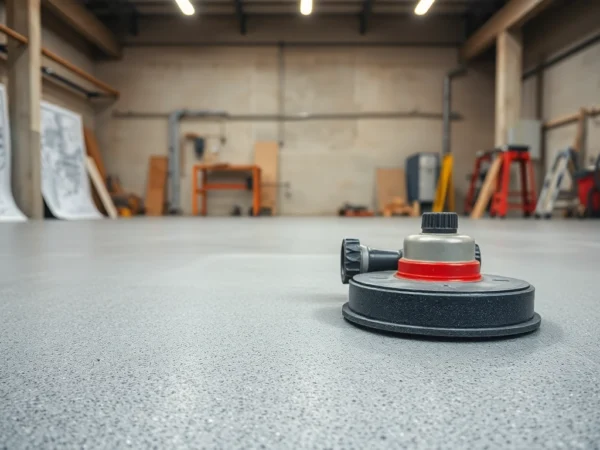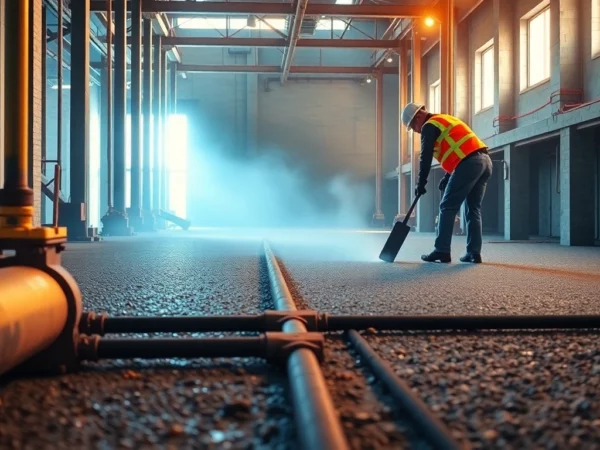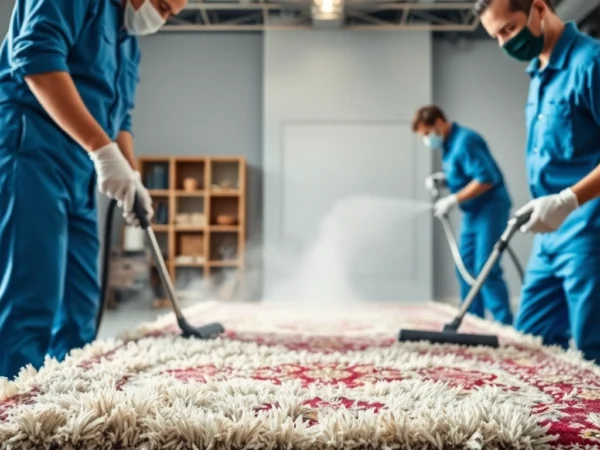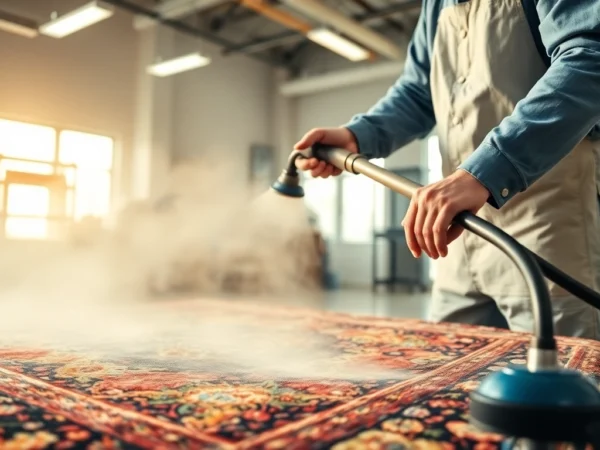Expert Chimney Repairs to Restore Safety and Functionality for Your Home
Understanding Chimney Repairs: Common Issues and Signs
Chimneys are vital components of many homes, especially in the UK, where they serve as essential outlets for wood-burning stoves, fireplaces, and heating systems. Over time, however, exposure to weather elements, thermal stresses, and structural shifts can lead to damage that compromises safety and efficiency. Recognizing when your chimney needs repair is crucial to prevent costly consequences and potential hazards. If you’re experiencing issues with your chimney, exploring professional chimney repairs is a wise step to ensure your property remains safe and compliant with local building standards.
Indicators Your Chimney Needs Repair
Early detection of chimney problems can save homeowners significant time and money. Common signs include cracked and spalled bricks, deteriorated mortar joints, leaks during rainy weather, and visible bowing or leaning of the chimney structure. Other indicators are persistent smoke backflow, foul odors, and soot buildup on interior walls or around the fireplace. Additionally, if you notice cracked or missing chimney caps or crowns, these vulnerabilities can lead to water ingress and further damage, emphasizing the need for prompt professional assessment.
It’s recommended to conduct routine visual inspections, especially after severe weather events such as storms or heavy snowfall. Don’t ignore minor issues; they tend to escalate into major repairs if neglected, increasing safety risks and repair costs.
Types of Chimney Damage and Causes
Chimney damage manifests in various forms, each with distinct causes. Understanding these can help homeowners better maintain their chimneys:
- Cracks in Bricks and Mortar: Often caused by freeze-thaw cycles, thermal expansion, or seismic activity, resulting in structural weakening.
- Spalling and Deterioration: Moisture infiltration leads to brick and mortar deterioration, especially when caps or crowns are missing or damaged.
- Chimney Leaks: Water ingress can cause internal weakening, mold growth, and efflorescence. Leaks are frequently due to damaged flashing, cracked crowns, or loose bricks.
- Structural Damage: Bowing or leaning can occur from foundation shifts or inadequate construction, posing collapse hazards.
- Storm and Storm Damage: High winds, heavy rain, and snow can dislodge bricks or damage caps, exposing the interior to the elements.
Each damage type requires specific repair techniques, underscoring the importance of consulting experienced chimney repair specialists for accurate diagnosis and effective solutions.
Safety Risks of Neglecting Chimney Repairs
Ignoring chimney repairs can pose serious safety hazards. Structural deterioration increases the risk of partial or total collapse, which can cause property damage or injury. Water infiltration can lead to mold growth inside walls and ceilings, affecting indoor air quality and health. Additionally, damaged chimneys may cause dangerous carbon monoxide buildup within the home, a silent but deadly threat. A compromised chimney can also result in inefficient combustion, leading to higher fuel costs and environmental impact.
Furthermore, insurance claims related to neglect are often denied if it’s found that maintenance was ignored. Regular inspections and timely repairs are vital not only for safety but also for compliance with UK building regulations and to preserve your property’s value.
Best Practices for Effective Chimney Repairs
Choosing Qualified Chimney Repair Specialists
Selecting skilled and reputable professionals is crucial for durable and safe repairs. Look for certified chimney specialists with years of experience, preferably with credentials from recognized industry bodies such as the National Association of Chimney Sweeps (NACS) or equivalent UK-based organizations. Check reviews and references to ascertain their track record. Verify that they hold proper insurance and provide clear, written estimates before commencing work. A qualified technician will conduct a thorough inspection, provide tailored solutions, and adhere to safety standards, ensuring your chimney’s longevity and safety.
Essential Tools and Materials for Repairs
Effective chimney repairs require a combination of specialized tools and quality materials. Common tools include masonry trowels, chisels, wire brushes, and scaffolding supports for access. Materials typically utilized encompass high-temperature mortar, weather-resistant bricks, chimney caps, crowns, and flashing for water sealing. Modern repair products also include flexible liners and sealants designed to withstand thermal stresses and weather exposure. Employing the right tools and materials ensures that repairs are both durable and compliant with UK safety standards.
Step-by-Step Repair Process Overview
While complex repairs should always be handled by professionals, understanding the general process offers valuable insight:
- Inspection and Assessment: Comprehensive evaluation to identify damage extent and root causes.
- Preparation: Cleaning the chimney interior and exterior, removing loose debris, and securing the work area.
- Structural Repairs: Repointing mortar joints, replacing damaged bricks, or rebuilding sections as needed.
- Waterproofing and Sealants: Applying water-resistant coatings, installing or repairing chimney caps and crowns.
- Final Inspection: Ensuring all repairs meet safety and quality standards before sealing up or closing the area.
This systematic approach minimizes errors and ensures long-lasting results. Always adhere to UK building codes and industry best practices during each phase.
Cost Factors and Budgeting for Chimney Repairs
Average Repair Costs in the UK
Chimney repair costs vary depending on the damage, location, and scale of work. On average, smaller repair jobs such as repointing or cap installation can range from £200 to £800. More extensive repairs involving brick replacement, rebuilding, or relining typically cost between £1,000 and £4,000. For complex or emergency repairs, the price can escalate further, especially if scaffolding is required or if the structure is significantly compromised. It’s essential to obtain multiple quotes from trusted local professionals to compare and ensure value for money.
Factors Influencing Repair Prices
Several variables impact the final cost:
- Extent of Damage: Larger or multi-site repairs naturally cost more.
- Type of Repair: Structural rebuilds are more labor-intensive than surface repairs.
- Material Costs: Price fluctuations in bricks, mortar, liners, and caps affect overall costs.
- Accessibility: Difficult-to-reach chimneys require specialized equipment and labor.
- Location: Regional labor rates and transportation expenses influence pricing.
Understanding these factors allows you to budget appropriately and select a repair strategy suited to your financial and safety needs.
Getting Accurate Quotes and Value
To obtain accurate and competitive quotes, provide detailed information and visual evidence of the damage. It’s advisable to get at least three estimates from licensed specialists and request a breakdown of costs. Evaluate not just the price but the scope of work, materials used, warranty offered, and timeline. Remember, choosing the lowest bid is not always the best option; prioritize quality and reputation to ensure durable repairs that protect your home in the long term.
Preventative Maintenance to Extend Chimney Life
Routine Inspection Tips
Regular inspections are the foundation of preventative maintenance. At a minimum, homeowners should visually check the chimney exterior biannually, before winter when usage increases. Look for mortar deterioration, cracks, loose bricks, and damage to caps or crowns. During these inspections, also assess flashing and check for water stains or efflorescence, which indicate leaks. Hiring professional chimney sweepers annually for internal inspections and cleaning can further prevent buildup and identify issues early.
DIY Maintenance vs. Professional Service
Simple tasks like removing debris from the chimney crown, cleaning accessible bricks, or inspecting caps can be performed safely by homeowners. However, most repairs, especially structural work or liner replacements, require professional expertise due to safety and technical considerations. Professionals are equipped to handle complex tasks, ensure code compliance, and provide warranties for their work. Combining DIY routine checks with professional inspections offers an optimal approach to maintaining chimney integrity.
Long-Term Benefits of Regular Care
Consistent maintenance prolongs the lifespan of your chimney, preserves the aesthetic appearance, and ensures safe operation. Routine care reduces the likelihood of major repairs, lowers energy costs caused by inefficiencies, and prevents health hazards related to smoke or gas leaks. Additionally, well-maintained chimneys contribute positively to property value, especially when selling or refinancing. Emphasizing preventative maintenance is a financially prudent strategy that enhances safety and efficiency over the years.
Choosing the Right Chimney Repair Service Near You
Locating Trusted Local Experts
Finding reputable chimney repair specialists involves research and due diligence. Start with local directories, review platforms like TrustATrader, and seek recommendations from neighbors or friends. Ensure the service provider is insured, certified, and has a history of successful projects in your area. In the UK, regional specialists with specific knowledge of local building codes and climate conditions offer invaluable expertise, ensuring repairs are appropriate and durable.
Questions to Ask Before Hiring
Before engaging a contractor, clarify key aspects:
- Are they licensed and insured?
- Can they provide references or testimonials?
- What is the estimated timeline and cost?
- Do they offer warranties or guarantees?
- What materials and methods will they use?
Asking these questions ensures transparency and aligns expectations, reducing the risk of disputes or subpar work.
How to Ensure Quality and Warranty
Quality control starts with detailed contracts outlining scope, materials, deadlines, and warranties. A reputable specialist will provide written guarantees for a designated period, typically ranging from one to five years, covering workmanship and materials. Regular follow-ups after repairs help monitor the chimney’s performance and ensure issues are addressed promptly. Ultimately, investing in a trusted, experienced service provider guarantees peace of mind and long-lasting, safe repairs.










